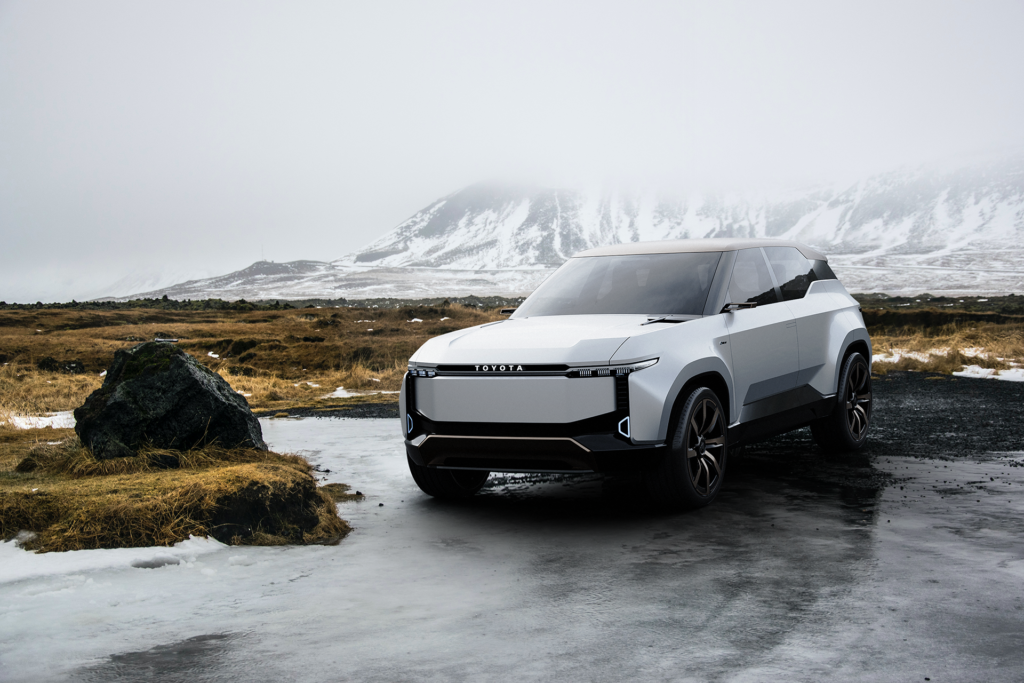The Toyota LandCruiser Se could change the way Aussies explore their own backyard with extreme off-road capability – all while paving the way for a family of electric four-wheel drives that will also include an EV ute.
Toyota has finally jumped on board the EV juggernaut with its most iconic model, the LandCruiser, with the all-electric LandCruiser Se concept. Sitting alongside it at the 2023 Tokyo motor show was the Toyota EPU, described as a “next-generation mid-sized pickup truck concept” that is effectively a futuristic electric Hilux.
READ MORE: Why electric cars will be more capable off-road
READ MORE: Why the Toyota Hilux EV concept shows how far the brand is behind Tesla and BYD
READ MORE: Toyota HiLux hydrogen fuel cell prototype boasts long range and rapid
Yes, both are concepts for now – and each is many years away from being ready to park in your driveway, let alone tackle the sort of tracks LandCruisers and Hiluxs are designed to explore.
Toyota is finally getting serious about electric 4WDs
But it’s proof Toyota is finally getting serious about making its biggest, thirstiest vehicles more environmentally friendly.
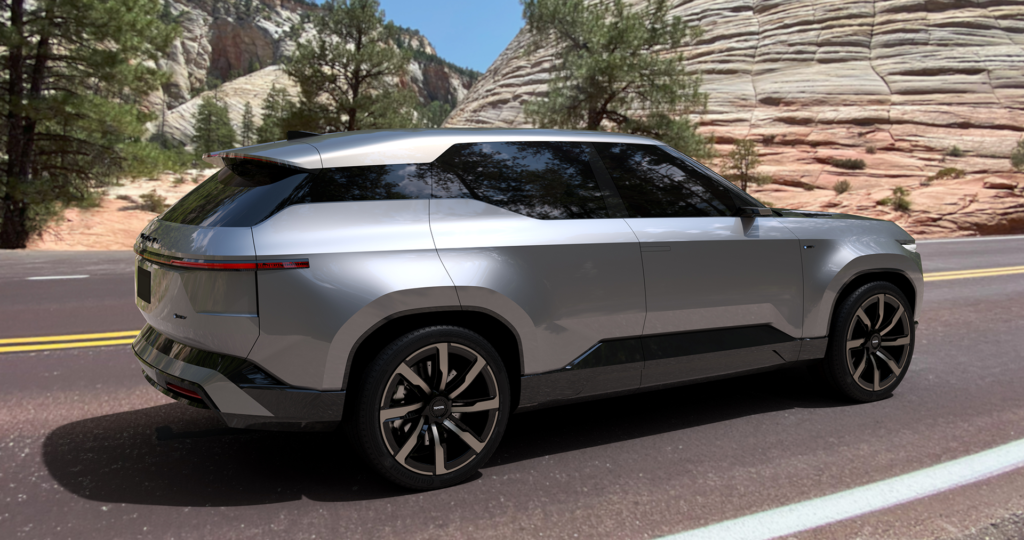
While details of the electric LandCruiser are limited, Toyota says the Se “broadens the LandCruiser brand’s appeal with a three-row SUV that caters to the world’s diverse needs”.
Rather than adapting electric components to the existing LandCruiser 300 Series architecture, Toyota started from scratch with the LandCruiser Se.
It gives an indication of the thinking of the Japanese brand that has been late to the electric-car party, watching as rivals such as Tesla, BYD, Polestar, Hyundai and Kia snap up fast-growing demand for vehicles only powered by electrons.
Very different thinking underneath for LandCruiser Se
The LandCruiser Se is based on a car-like monocoque architecture rather than the truck-like ladder frame structure that has underpinned every LandCruiser to date.
It’s a massive change for the car marketed as “king off the road”.
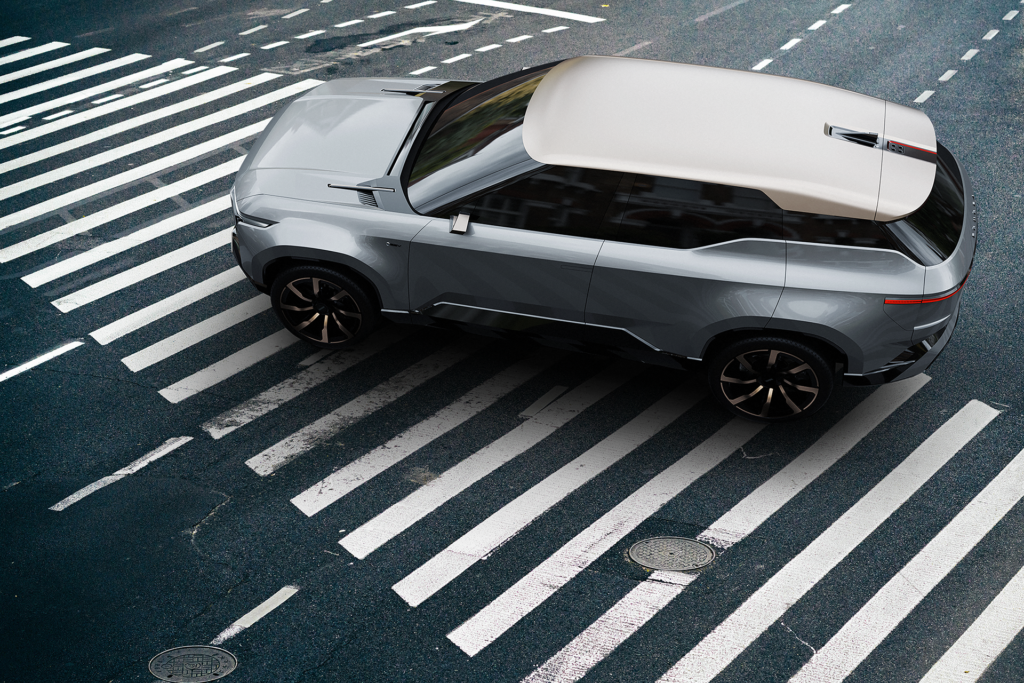
The car itself – which is claimed to have three rows of seats – is sizeable, too.
At 5150mm long and 1990mm wide it’s 70mm longer and 10mm wider than the 300 Series LandCruiser, albeit significantly lower and with what appears to be a whole lot less ground clearance.
And, interestingly, in showing the LandCruiser Se at the 2023 Tokyo motor show, Toyota didn’t spruik the off-road ability of a model that could help define the future of the brand.
Rather than dust trails, rocks and mud, the images for the LandCruiser Se were in distinctly suburban environments and a photo studio.
That doesn’t mean the all-electric Toyota LandCruiser won’t be able to go off-road. There’s no way Toyota would attach the LandCruiser name to anything that couldn’t tackle the world’s toughest terrain.
And it’ll do it in the sort of silence a LandCruiser has never got close to.
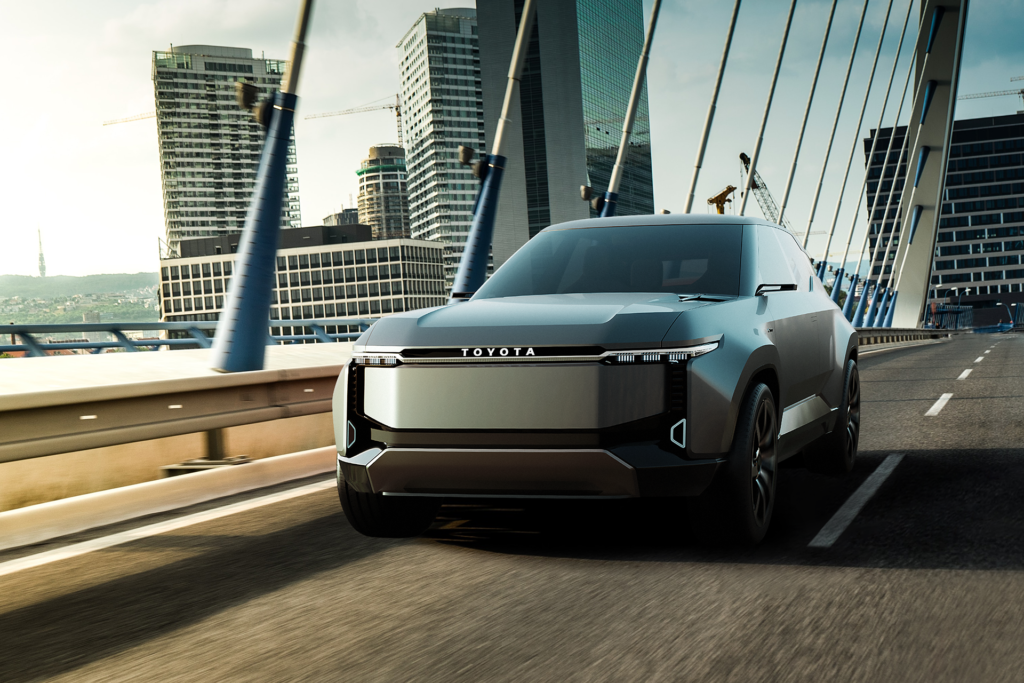
The company says the LandCruiser Se has battery electric vehicle (BEV) quietness that “helps create a comfortable cabin space when driving in urban areas and other on-road situations”.
LandCruiser Se to be more capable thanks to EV smarts
The EV underpinnings promise to make the EV LandCruiser even more capable.
Having a heavy battery pack low in the floor of the car should lower the centre of gravity, in turn improving on-road stability and allowing it to traverse steeper angles without fear of tipping over.
Traction control systems with electric motors should also perform far better than they do with a petrol or diesel engine.
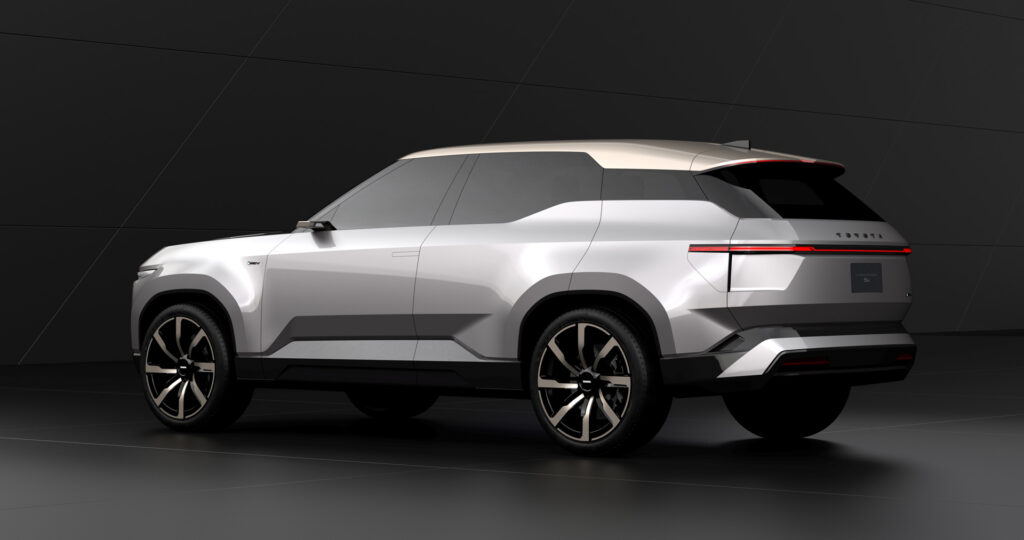
That’s because instead of having to regulate fuel flow and/or apply the brakes – all of which takes time – cutting the electricity to one or more of the electric motors can be done instantly.
Torque of the bush
And, of course, electric motors are brilliant at producing a lot of torque and being able to modulate it very accurately.
It would mean that an EV 4WD could almost certainly do without a dual-range transfer case, which is typically used in slow speed settings to provide extremely low gearing.
Electric off-road vehicles should also have far better cornering control than an ICE alternative.
Whereas the likes of Toyota and Land Rover have previously turned to tricky differentials (which allow speed differences between wheels) and electronic controls, the dual electric motor system (or even a quad motor setup, with one motor for each wheel) can allow things such as tank turns, whereby the car can spin on its own axis.
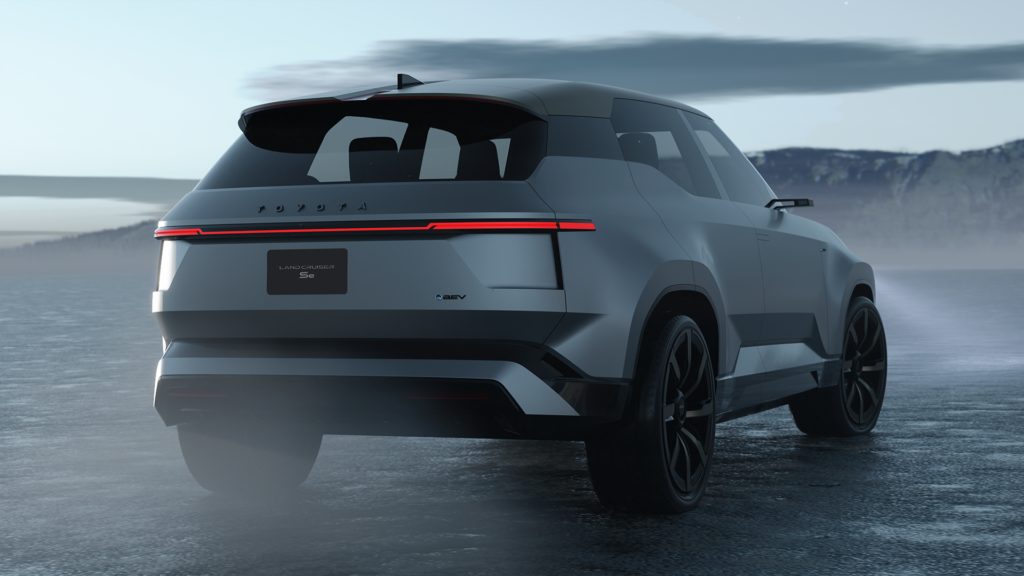
All of which is a major advantage when manoeuvring around obstacles and tight tracks.
Throw in some of the latest software control and adjustability – most of it easier to tweak and tune with an EV – and it promises to create a formidable off-roader.
LandCruiser Se could do without many 4WD accessories
A production version of the LandCruiser Se will also do without accessories such as a snorkel, something traditionally added to allow the engine to suck in fresh air when driving through water.
Yes, engineers will have to ensure the battery pack and any electrical components are sealed and shielded from water, but once that has been achieved there are very obvious benefits.
Having a steady supply of power also opens a multitude of options for powering accessories utilising a vehicle-to-load (V2L) function. Rather than installing additional hardware and electricity management systems for auxiliary power, the LandCruiser Se could theoretically tap into the existing architecture for all those additional power needs – be it camping gear or keeping gadgets topped up.
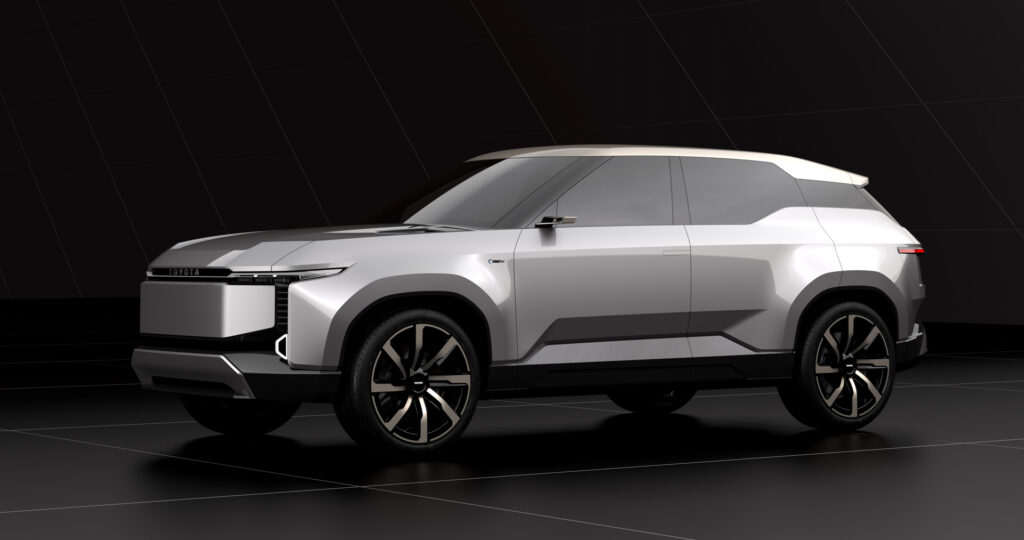
Another accessory that may find life tough is the winch that is often used for recovery. Winches use an electric motor with very low gearing to drag the car out of a bog.
But given an off-road EV is likely to have at least two electric motors on board there’s the potential to utilise those to aid with recovery and extraction.
Another advantage of an electric LandCruiser is being able to charge itself in remote areas using solar panels. Sure, it would be an extremely slow charge – you’d be lucky to add a couple of kilometres of range per hour of charging – but the reality is you can do it and potentially crawl your way back to a faster charge.
But… an EV LandCruiser is many years away
Of course much of what we’re talking about here is us dreaming rather than anything about to roll up in a dealership.
It appears a production EV LandCruiser is a lot closer to the end of the decade, with many years of development until it’s ready.
But it’s indicative of what is possible once engineers turn their mind to leveraging the benefits of electric propulsion for one of the world’s most accomplished and respected off-roaders.
Toyota EPU points to electric Hilux
An electric Toyota Hilux is also on the card, as showcased by the EPU concept.
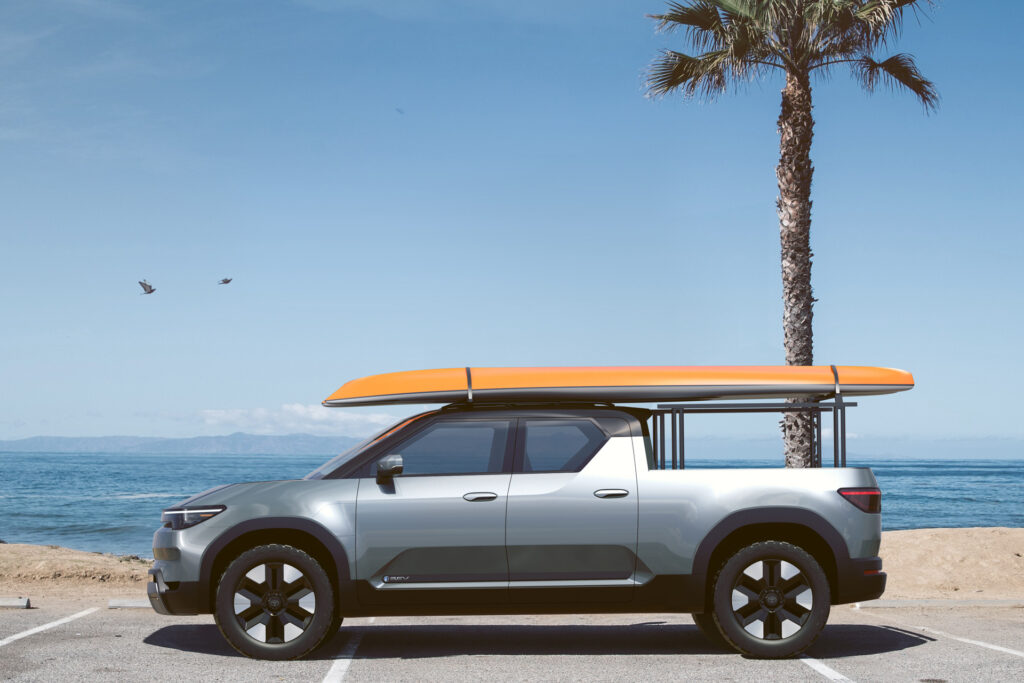
It’s a (very) long four-door that also utilises a more car-like monocoque construction, which is again indicative of how differently Toyota is treating its upcoming EV offerings.
Toyota says: “At just over 5 meters long with a double cab design, the EPU’s monocoque structure also allows for a versatile deck space that caters to a broader range of user applications.”
As with the LandCruiser Se, a production version of the EPU promises to step up the off-road nous while making for a much easier and more comfortable car to live with day to day.
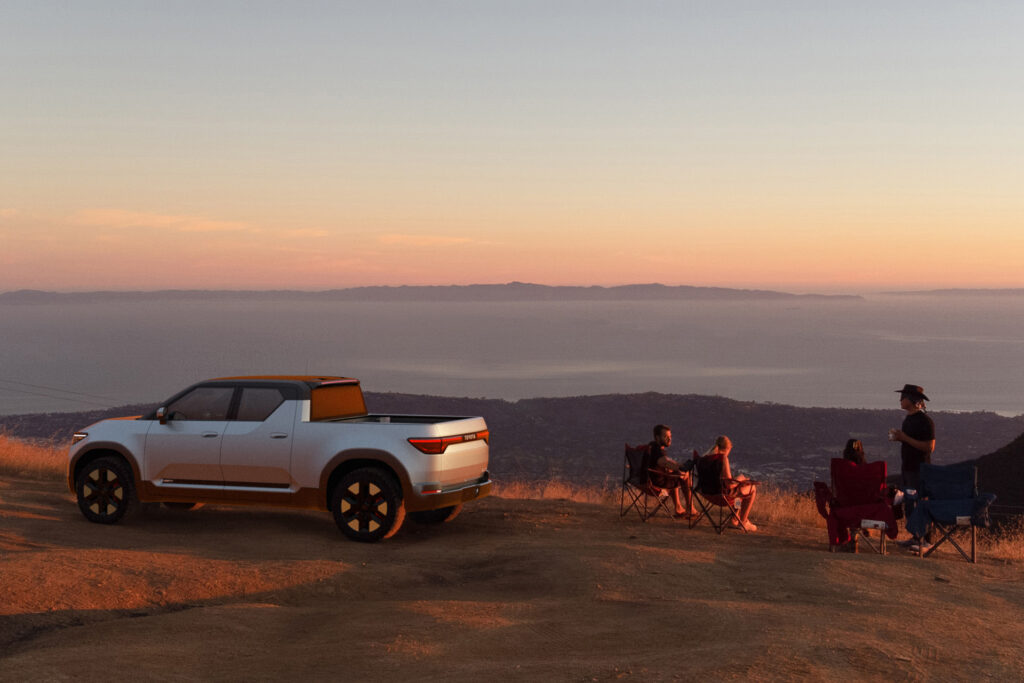
But, again, a production version is likely many years away.







